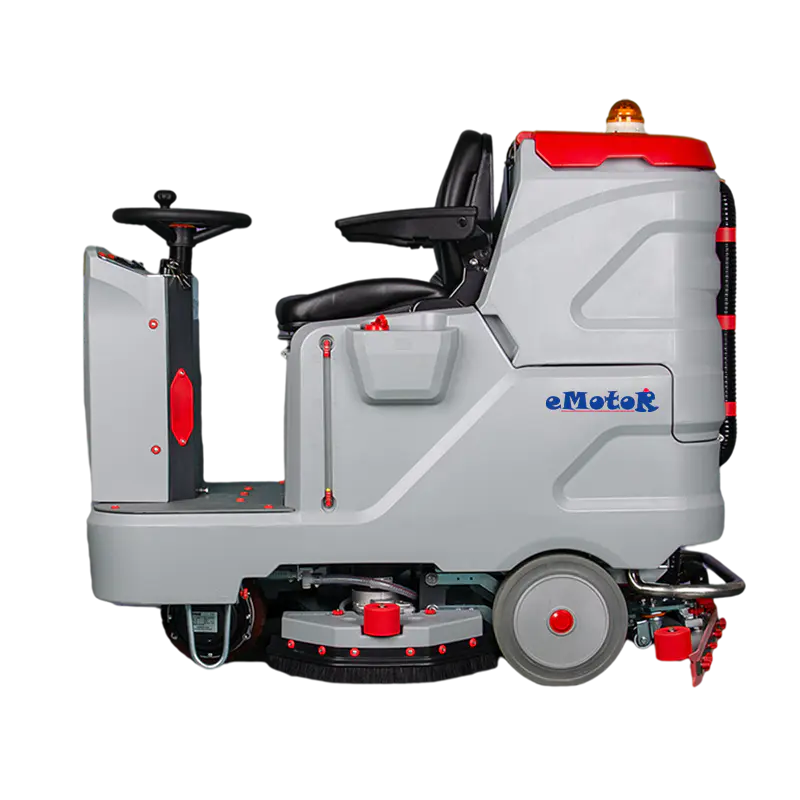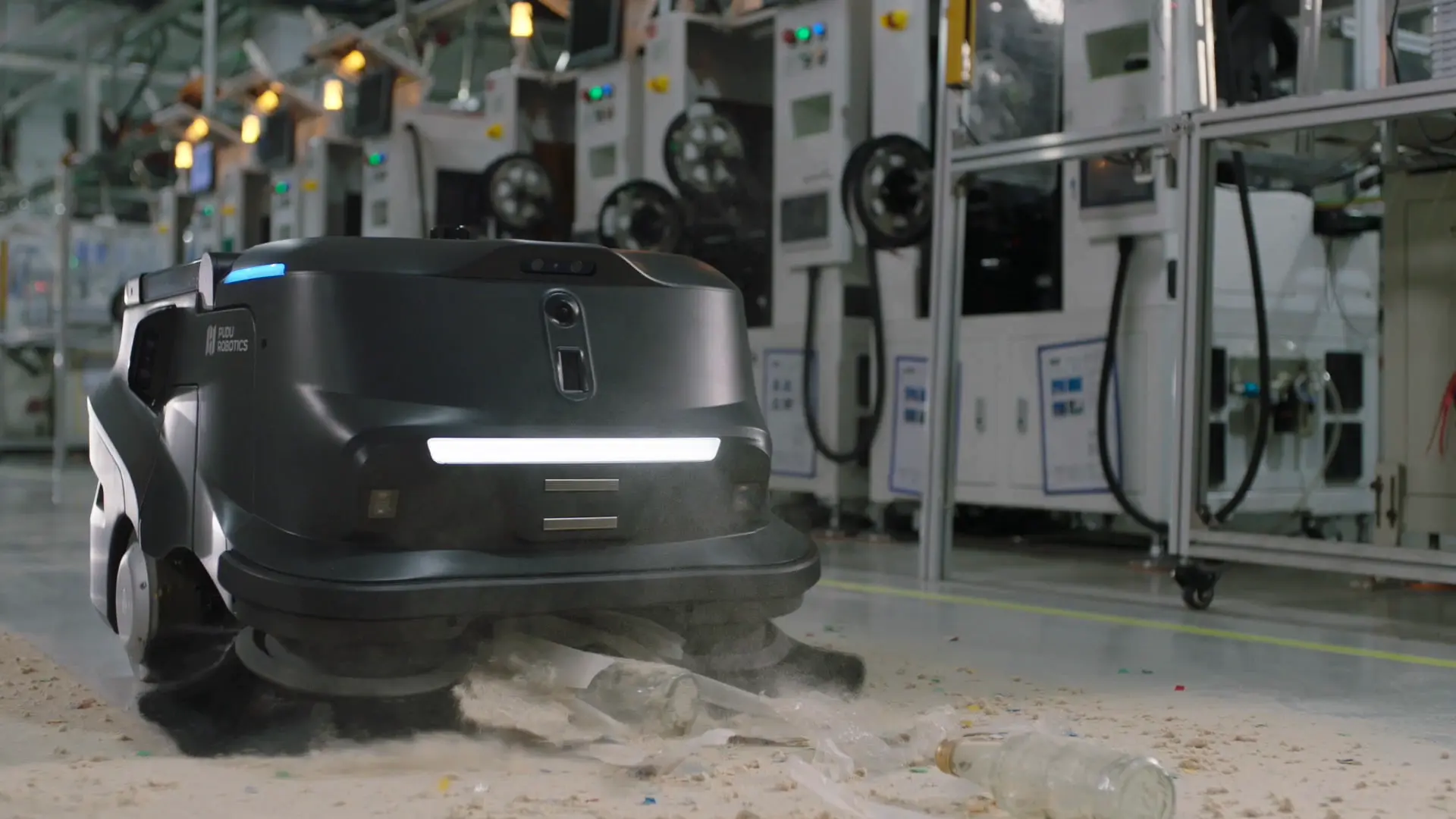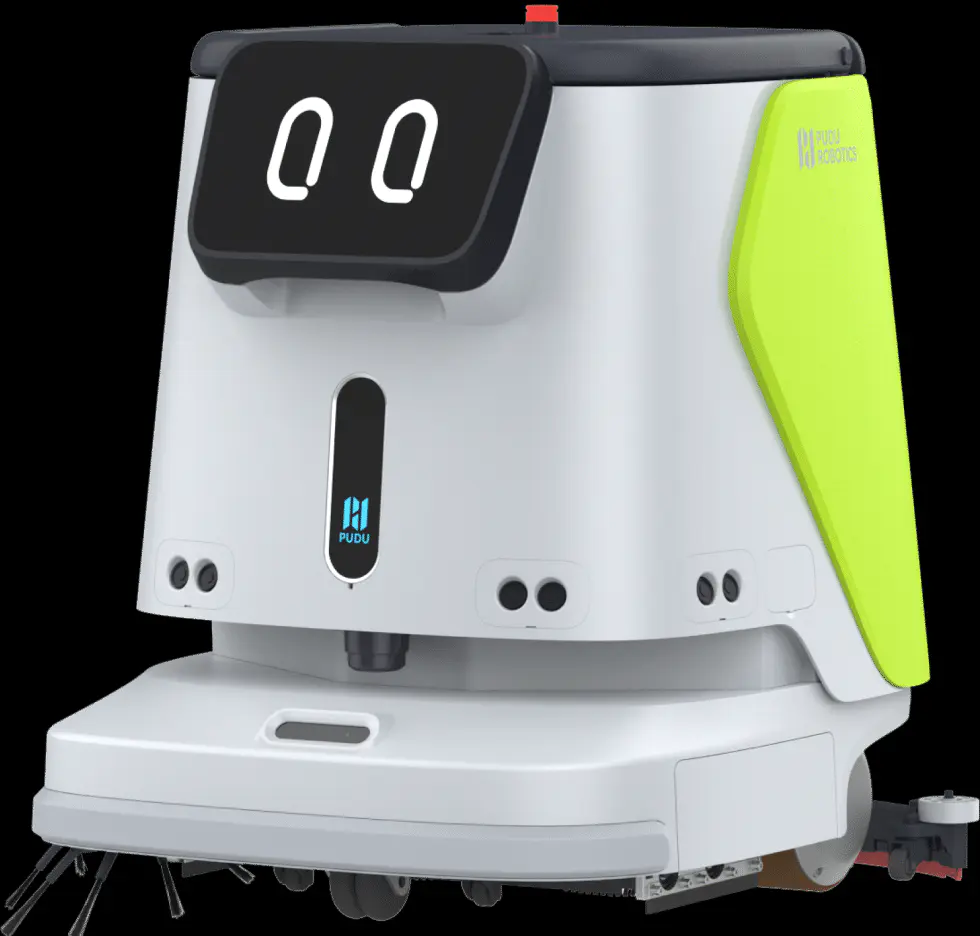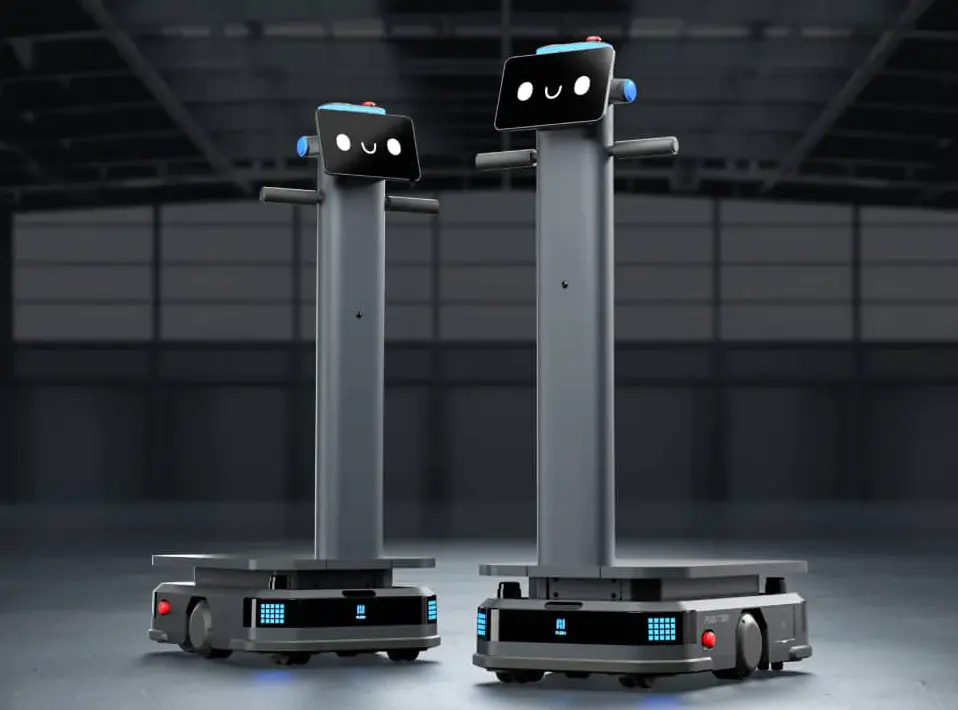Proper maintenance of a riding floor scrubber is essential to ensure its optimal performance and prolong its lifespan. Regular maintenance helps prevent breakdowns, reduces repair costs, and keeps the machine in top condition. Here are the key steps involved in maintaining a riding floor scrubber:
Daily Cleaning: After each use, clean the scrubber thoroughly to remove any debris, dirt, or residue. Empty and rinse the recovery tank, clean the squeegees, brushes, or pads, and wipe down the machine's exterior. This prevents the buildup of dirt and extends the life of the components.
Check and Replace Brushes or Pads: Inspect the brushes or pads regularly for wear and tear. Replace them when necessary to maintain effective scrubbing action. Worn brushes or pads can result in poor cleaning performance and may damage the floor surface.
Inspect Squeegees: The squeegees play a crucial role in collecting the dirty water into the recovery tank. Check the squeegees for any damage, such as cracks or tears. Replace them if needed to ensure proper suction and prevent streaking or leaving behind excess water.
Clean Filters: Many riding floor scrubbers have filters to trap debris and prevent it from clogging the recovery system. Clean or replace these filters as recommended by the manufacturer to maintain optimal suction and prevent blockages.
Check Hoses and Connections: Inspect hoses, fittings, and connections for any signs of damage or leaks. Tighten loose connections and replace damaged hoses promptly to prevent water leakage and ensure proper functioning of the machine.
Battery Maintenance: If your riding floor scrubber is battery-powered, proper battery maintenance is crucial. Follow the manufacturer's guidelines for charging, watering (if applicable), and overall battery care. Regularly check the battery terminals for corrosion and clean them if needed.

Lubrication: Lubricate the moving parts of the scrubber as recommended by the manufacturer. This includes hinges, pivots, wheel axles, and other areas that require lubrication. Proper lubrication reduces friction, prevents wear, and ensures smooth operation.
Inspect Belts and Chains: If your riding scrubber has belts or chains, inspect them regularly for signs of wear or damage. Replace them as recommended to prevent belt slippage or chain breakage, which can affect the machine's performance.
Maintain Water and Solution Tanks: Clean the solution tank and recovery tank regularly to prevent the buildup of dirt or chemical residue. Flush the tanks with clean water and ensure they are free from debris. If your machine has a solution metering system, follow the manufacturer's guidelines for cleaning and calibration.
Follow Manufacturer's Maintenance Schedule: Each riding floor scrubber model may have specific maintenance requirements outlined by the manufacturer. Refer to the user manual or maintenance guide provided by the manufacturer and follow the recommended maintenance schedule. This may include periodic inspections, component replacements, or servicing by qualified technicians.
By following these maintenance steps and adhering to the manufacturer's guidelines, you can keep your riding floor scrubber in optimal condition, prolong its lifespan, and ensure consistent cleaning performance. Regular maintenance also contributes to the safety of the machine and its operators. If you're unsure about any maintenance procedures, consult the manufacturer or a qualified technician for guidance.

 英语
英语 中文简体
中文简体f.jpg)

f.jpg)







